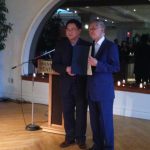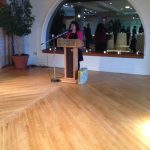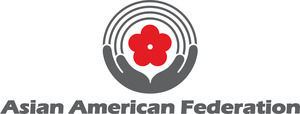Beyond the Model MINORITY 2018 | ASIAN AMERICAN FEDERATION
The Asian American Federation will be holding the Beyond the Model Minority Conference and Dinner Reception on Thursday, June 21st. The Conference will be held from 9:00 AM to 5:00 PM at The Masonic Hall NYC, and the Reception will be from 6:00 PM to 10:00 PM at The Pierre.
“The Asian American Federation’s mission is to raise the influence and well-being of the pan-Asian American community through research, policy advocacy, public awareness, and organizational development.
Through the Beyond the Model Minority Conference and Dinner Reception, the Asian American Federation will focus on dispelling the model minority myth that has stymied the pan-Asian American community in countless ways by offering a close examination of key topics impacting our community.”
There is a special rate from AAF for those working in the non-profit sector:
- Table of 10: $3500
- Individual Conference Ticket: $175
- Individual Dinner Ticket: $350
- Conference + Dinner Ticket: $455











